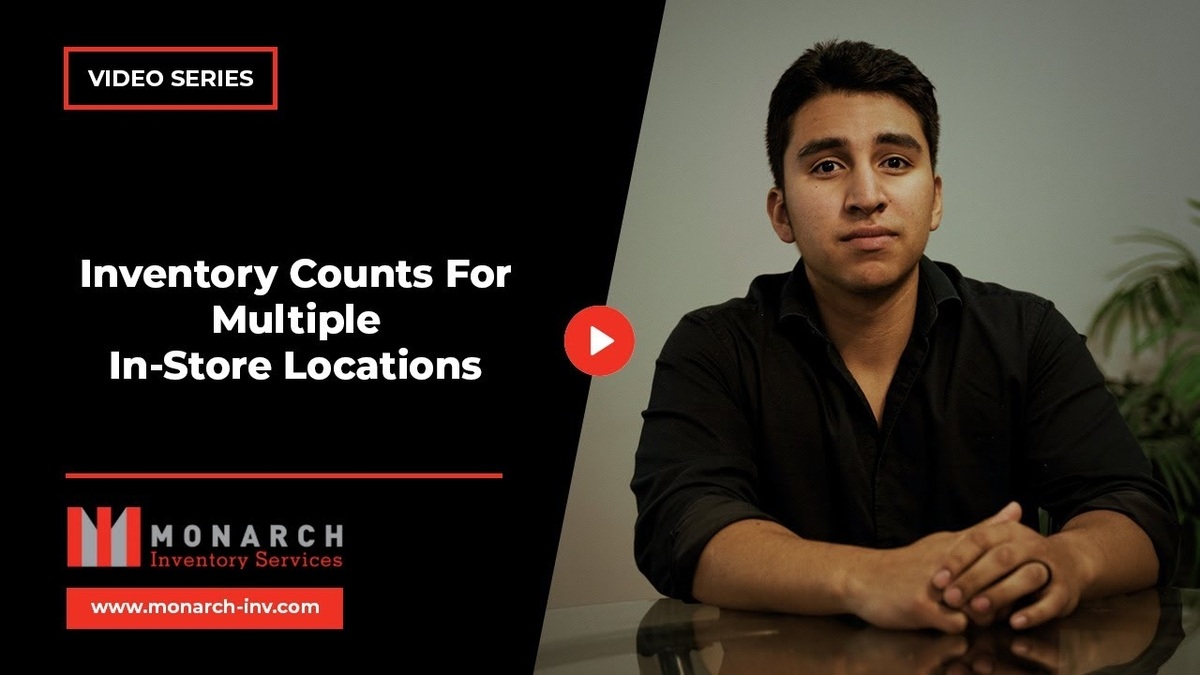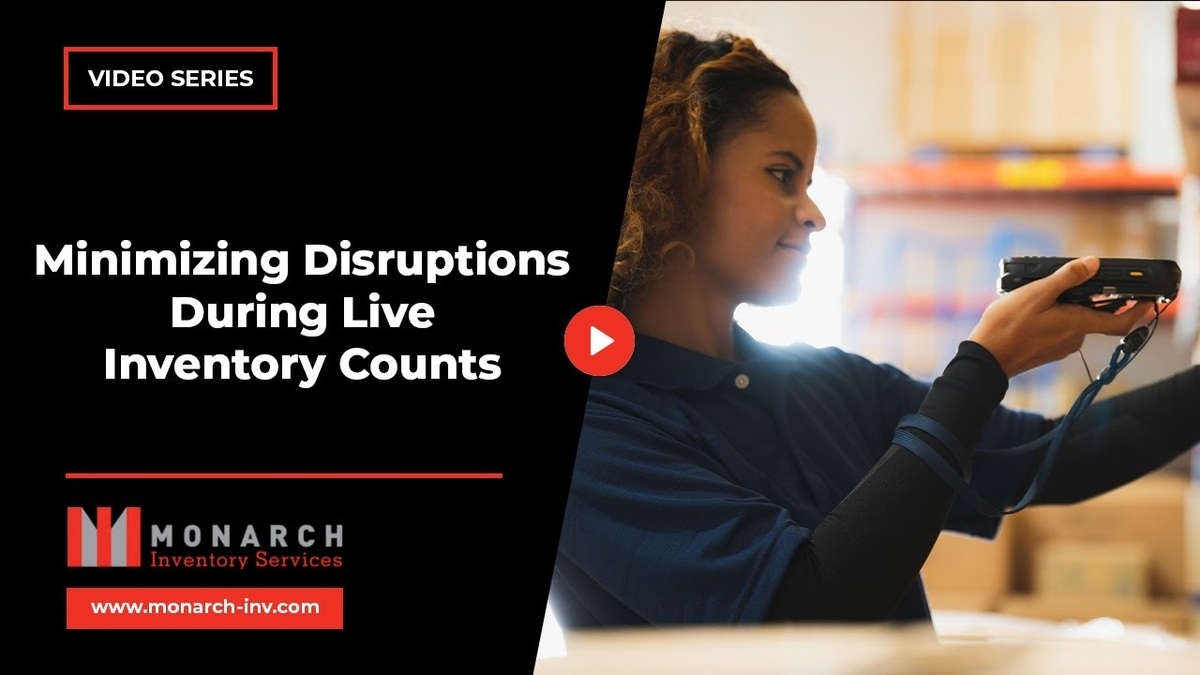Point of Sale (POS) reconciliation is more than just a buzzword in the retail sector. It is an integral tool that aids businesses in multiple ways, streamlining their operations and optimizing inventory management. But what does it entail, and why is it so pivotal for modern retailers?
1. Maintaining Accurate Inventory Levels
A robust POS reconciliation process ensures that businesses always have an accurate idea of their stock levels. Whether you’re a liquor store tracking the volume of specific vodka brands or a candy store monitoring each candy flavor, the system pinpoints exactly what’s in store. This precision is invaluable for businesses that aim to minimize stockouts and overstocks.
2. Enhancing Reordering Processes
With the help of POS reconciliation, retailers can swiftly identify which products are running low. By having this visibility, businesses can make informed decisions about what needs to be reordered. It eliminates guesswork, ensuring that popular items are always in stock and ready for customers.
3. Theft Detection and Prevention
Unfortunately, theft is a persistent issue that retail businesses grapple with. A well-implemented POS reconciliation can help in this regard. By tracking inventory discrepancies, the system might reveal patterns indicating theft, allowing retailers to take corrective actions before the issue exacerbates.
4. Streamlining Tax Reporting
For tax purposes, knowing your exact inventory level is imperative. Retailers can benefit immensely from POS reconciliation as it provides a precise figure of the stock, making it easier to calculate taxes accurately. Inaccurate reporting can lead to hefty fines, but with POS reconciliation, businesses can remain compliant with ease.
5. Optimizing Shelf Management
Sometimes, there are discrepancies between what the system shows and what’s actually on the shelf. You might find that certain items show zero in the system, but there’s stock available in the store.
Conversely, the system might indicate stock, but the shelf might be empty. Through POS reconciliation, retailers can address these discrepancies, ensuring that products are displayed correctly, and sales aren’t lost due to system errors.
6. Facilitating Seamless Reconciliation Process
An efficient POS reconciliation system takes the onus off the retailer by automating much of the process. This typically involves exporting data from your POS, counting and verifying, and then importing it back to provide an accurate baseline.
With this automation, retailers can enjoy the numerous benefits of reconciliation without the associated hassle.
Conclusion
The retail landscape is rife with challenges, but tools like POS reconciliation can significantly alleviate operational pain points. Retail businesses that integrate this tool can expect improved inventory management, reduced theft, accurate tax reporting, enhanced shelf management, and an overall boost in operational efficiency.
For those who wish to know more or are considering integrating this into their operations, contact us. Our team is ready to assist, ensuring that your business thrives in today’s competitive market.



